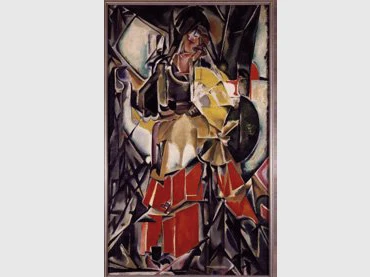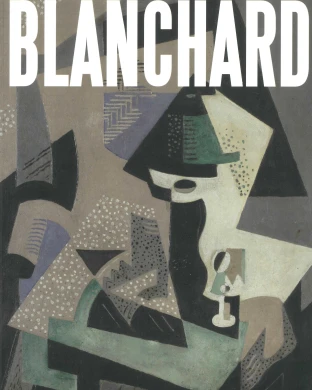María Blanchard
Retrospective
This monographic exhibition on María Blanchard (1881-1932) takes a new look at the artistic and personal trajectory of this painter, a unique and very personal participant in the avant-gardes of the first half of the 20th century. Her pictorial work shows revealing connections with her tragic existence and situates her as an original and decisive artist, a contemporary - on equal terms - of other great figures by whom she is often obscured in art historiography. To give an idea of her transcendence, a chronological itinerary divided in three stages of her life has been developed. Between 1908 and 1913 her particular pictorial identity slowly matures and reveals its permeability to the influences of her teachers. This is the period of her early works, her studies in Paris and her initial contacts with painters such as Anglada Camarasa and Diego Rivera.
Starting in 1913, and through 1919, Blanchard, again in Paris, actively enters the cubist circle with the help of Rivera. Thoroughly knowledgeable about the aesthetic and formal advances occurring in this new avant-garde, she becomes a part of the movement and brings her own voice to it. In 1915 she decides to live permanently in Paris, where she becomes a well-known figure, a lively participant in the cubist discussions and a close friend of Lipchitz and Juan Gris. Blanchard would achieve a perfect command of synthetic cubism, in which she uses a chromatic range that is sentimental and full of poetic plasticity. The final years of the cubist experience were also the years that she gained public recognition, participating in exhibitions along with other great names in cubism.
The last stage, Returning to Order, continues until her death in 1932. Here we see an increasingly isolated artist, heavily marked by her physical suffering and immersed in painting as an expression of her life experience. Her painting starts to show strong spiritual accents in 1927, the year that Juan Gris died, an event that deeply affected the artist.
Artists
Fundación Marcelino Botín, Santander (June 23 - September 16, 2012)
Organised by
Museo Nacional Centro de Arte Reina Sofía and Fundación Marcelino Botín
Image gallery
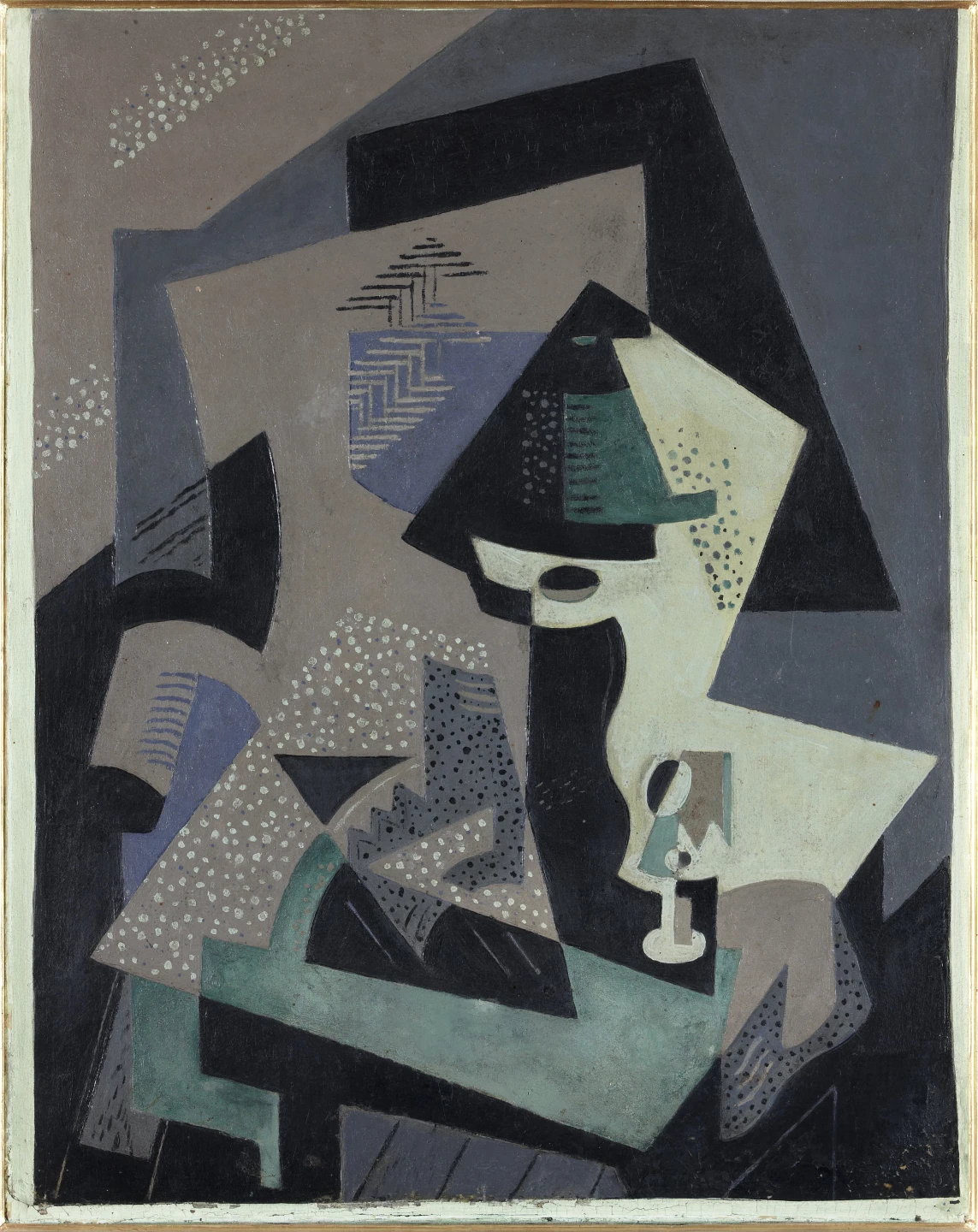
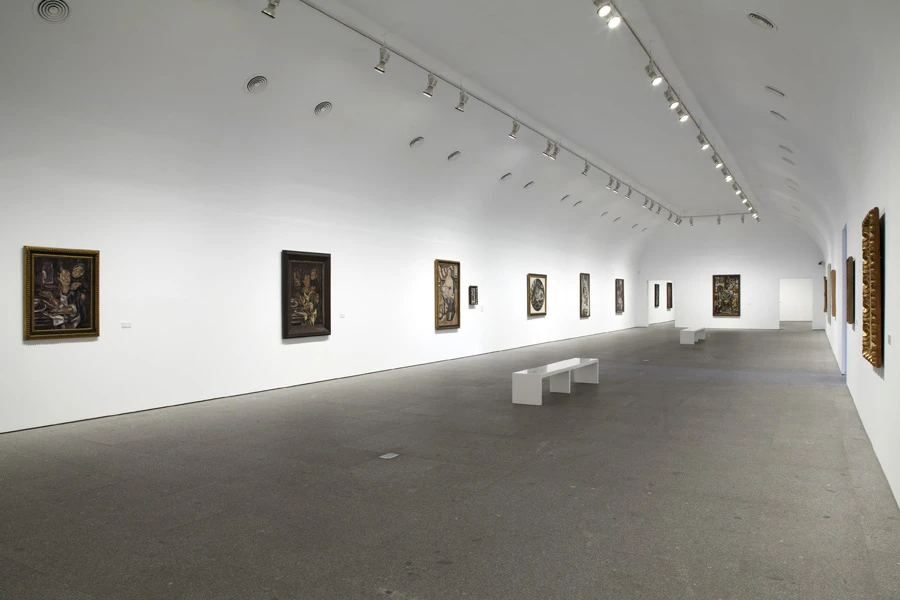
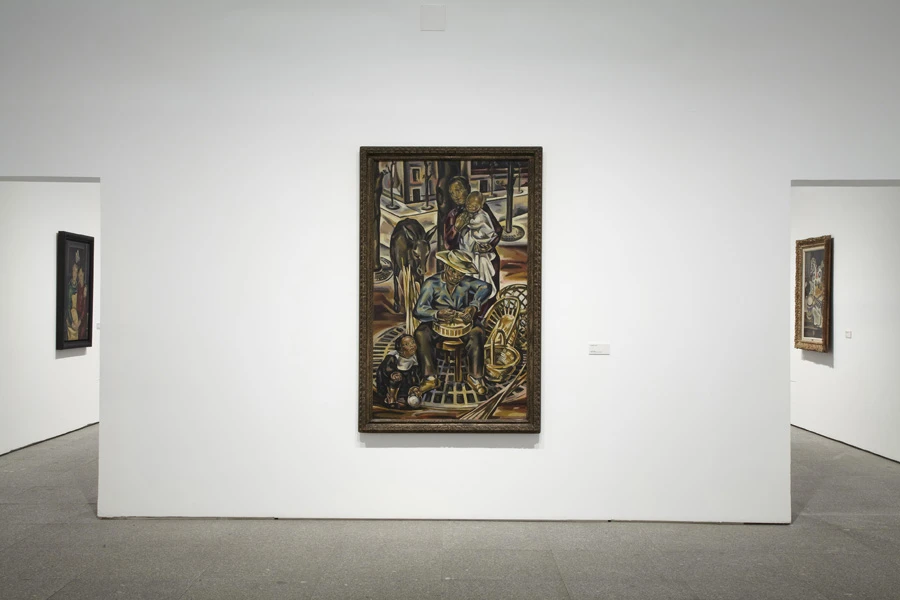
Itinerary
Fundación Botín, Santander
23 June, 2012 - 16 September, 2012
Museo Nacional Centro de Arte Reina Sofía, Madrid
16 October, 2012 - 25 February, 2013
